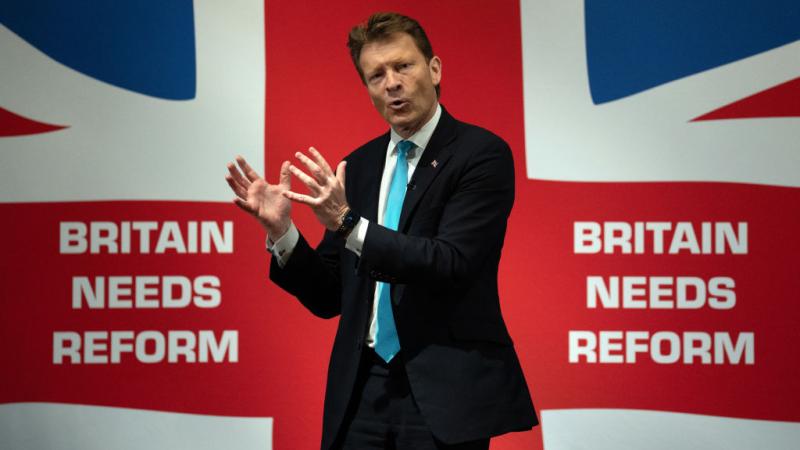Stanford expert blasts COVID lockdown failures: 'We quarantined the healthy ... exposed the sick'
Stanford Professor Jay Bhattacharya talks "disastrous decision" of loading COVID patients into nursing homes, failing to follow pandemic playbook.
Citizens and public authorities fixated on society-wide lockdowns as a key measure to combat COVID-19 have failed to account for the devastating effects those measures can have on society as a whole, a Stanford professor of medicine says.
Jay Bhattacharya, the director of Stanford's Program on Medical Outcomes as well as the director of the school's Center on the Demography and Economics of Health and Aging, said in an interview this week on the John Solomon Reports podcast that he found it "shocking" that, as countless countries earlier this year moved to shut down ahead of COVID-19, so many had forgotten to "think about both the cost and benefits" of such policies.
"Country after country made the same decision with a couple of exceptions," Bhattacharya said. "And I think that was a major problem."
The professor said the global community largely abandoned the playbooks followed during earlier pandemics, instead "jump[ing] to a global lockdown."
Bhattacharya alluded to the policies in states such as New York and Pennsylvania that instructed nursing homes to accept COVID-19-positive patients, decisions which critics have claimed led to a significantly elevated death rate in nursing homes.
"We essentially, in effect, exposed people who were at high risk in nursing homes, in assisted care facilities, elderly populations," Bhattacharya said. "We essentially, in the early days of the epidemic, did the inverse of the right policy."
"We quarantined the healthy, and we exposed the sick," he added.
The professor noted that the World Health Organization, early on in the pandemic, suggested that the death rate for the disease might be as high as 3.4%, significantly higher than that of seasonal influenza. Revised estimates have put that rate as low as 0.26%, though some studies have put it closer to 0.5%.
Health institutions "were guided by models that were not based on actual data," Bhattacharya said. "They were based on assumptions of worst cases." He said such policy was a "worldwide phenomenon" and not limited to any one country.
Bhattacharya argued that public health officials "saw the early death numbers and panicked over them."
Federal institutions "panicked over [the death rates] and this created this push for lockdowns, which basically had never been tried before as a mitigation strategy," he said.
"I can't understand how so many people jumped to this mitigation strategy," he added, "when there had been a playbook ... to address the epidemic in ways that took into account both the cost and benefits of the policies."
















